At first glance it looks like a simple dress watch, yet the design quietly hides many Japanese elements. While the watch itself has Western origins, this model expresses individuality by reflecting Japanese culture in its design.
The case, composed largely of straight lines, evokes the meticulous craftsmanship of Edo-period carpenters; the seemingly plain white dial is subtly carpeted with the auspicious Shippo motif like decorative washi paper; the bracelet links recall roof tiles—overall wrapped in an old-fashioned Japanese aesthetic rather than contemporary “TOKYO.” Yet inside beats high-tech radio-controlled functionality—an intriguing gap, an element of surprise. You can enjoy both the convenience of a high-tech watch and the visually rendered beauty of Japanese tradition at the same time.
From this precision machine dressed in kimono, you can almost hear a quiet voice saying, “This is what happens when Japanese people make a watch.”
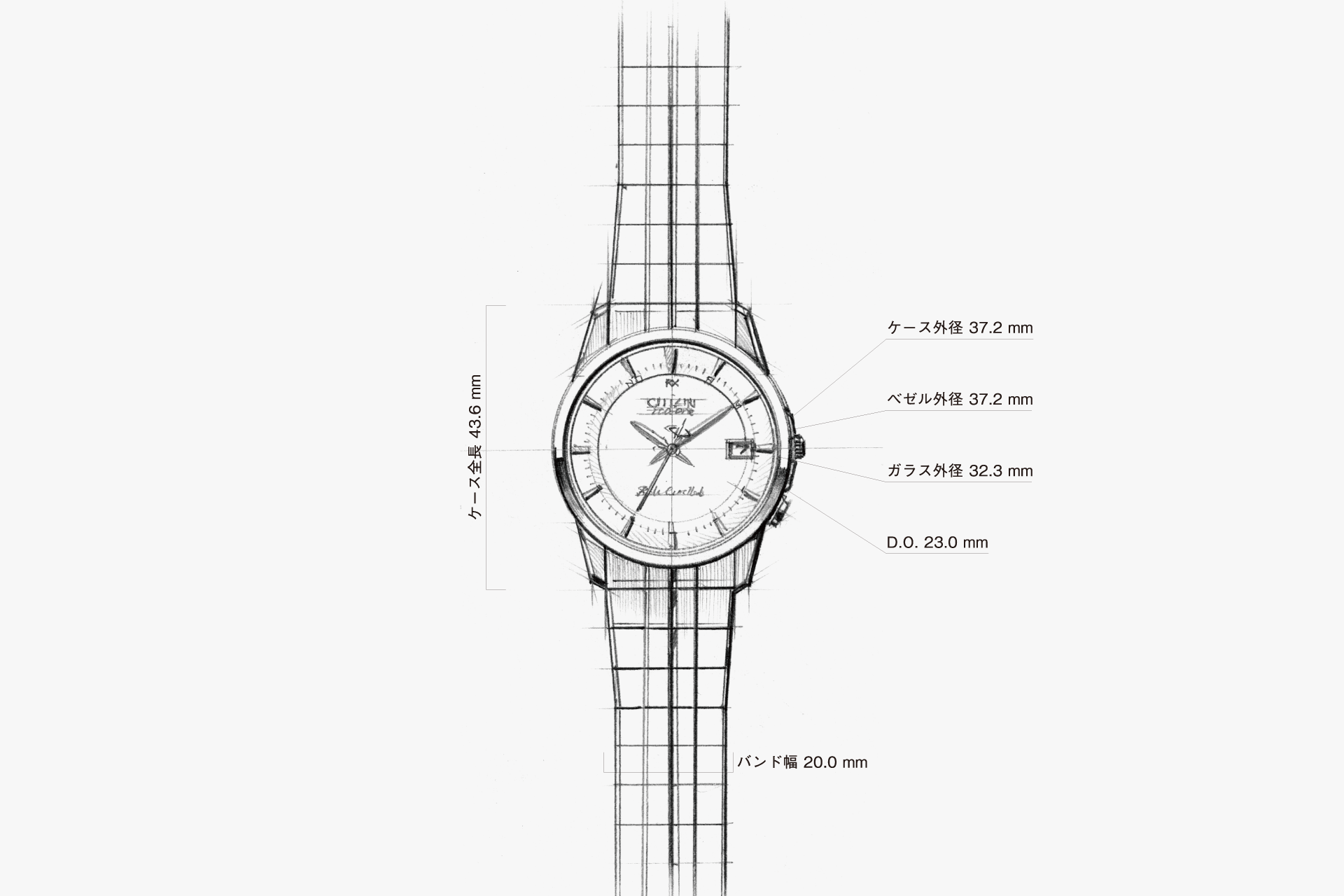
A case and bracelet that make extensive use of flat planes. The tianchū-sen—an axial line running through the center of the bracelet—leaves a strong impression.
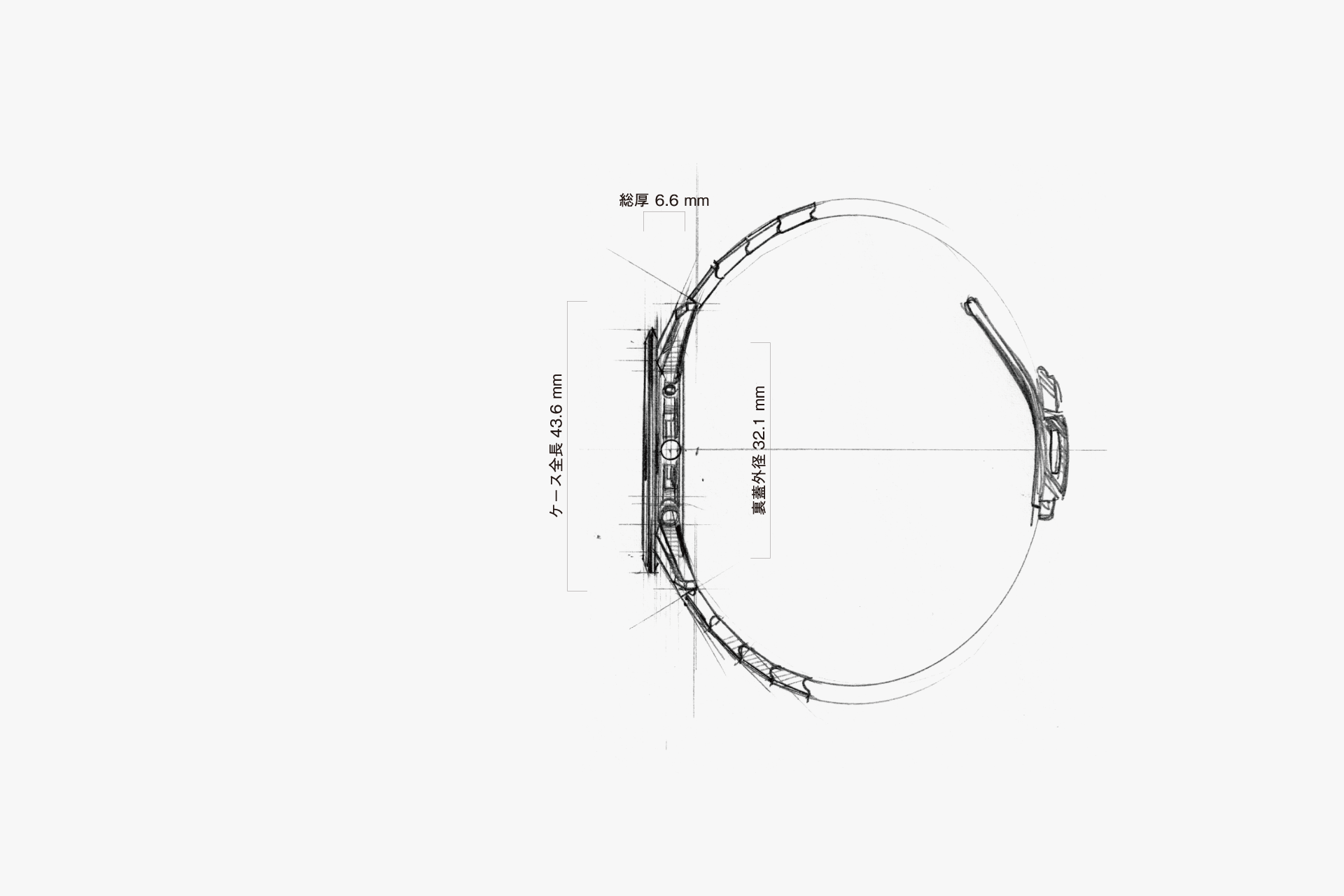
Multiple steps create an intricate finish that exudes delicacy.
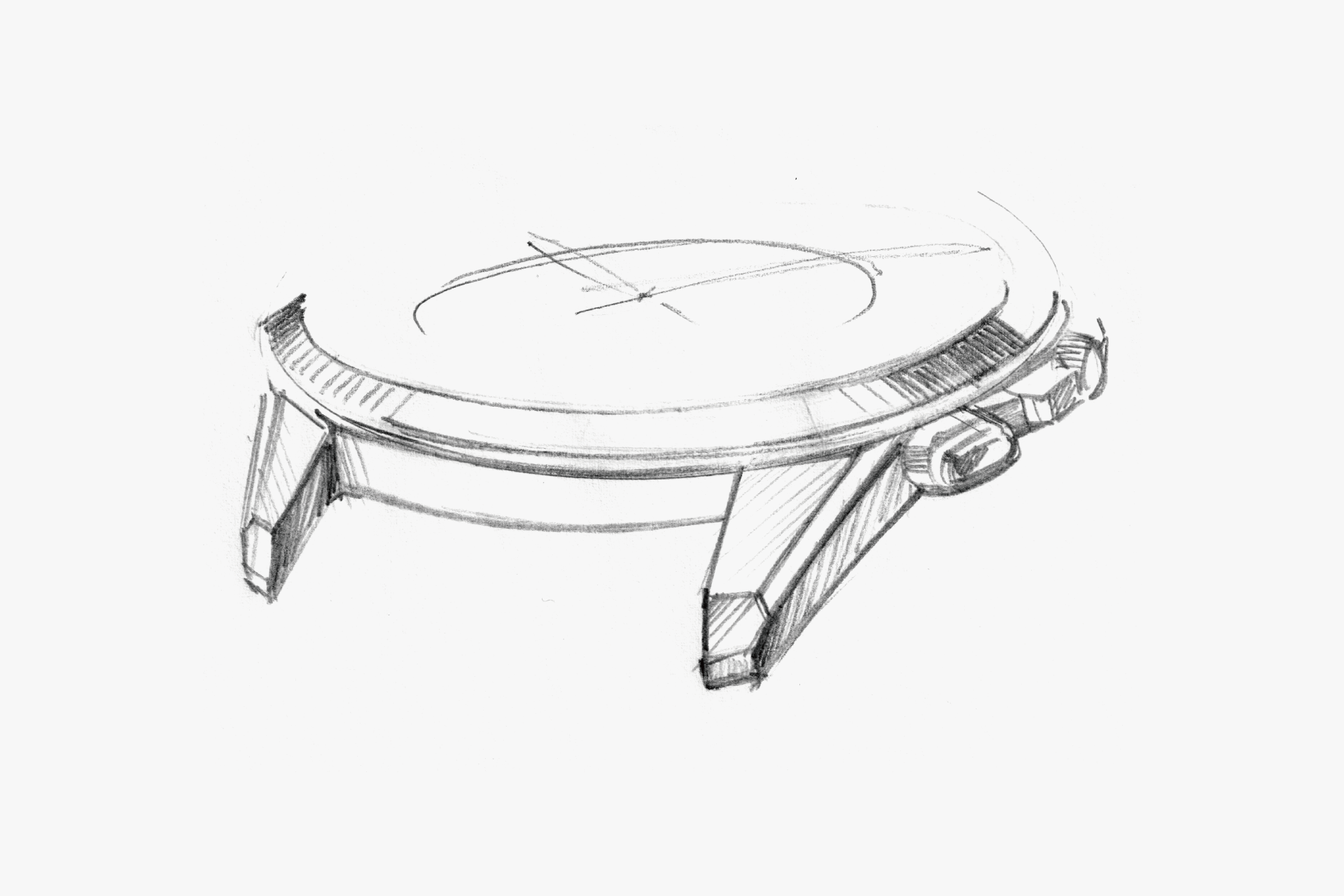
On the case, rich in straight lines, a chamfer as if planed with a kanna (hand plane).
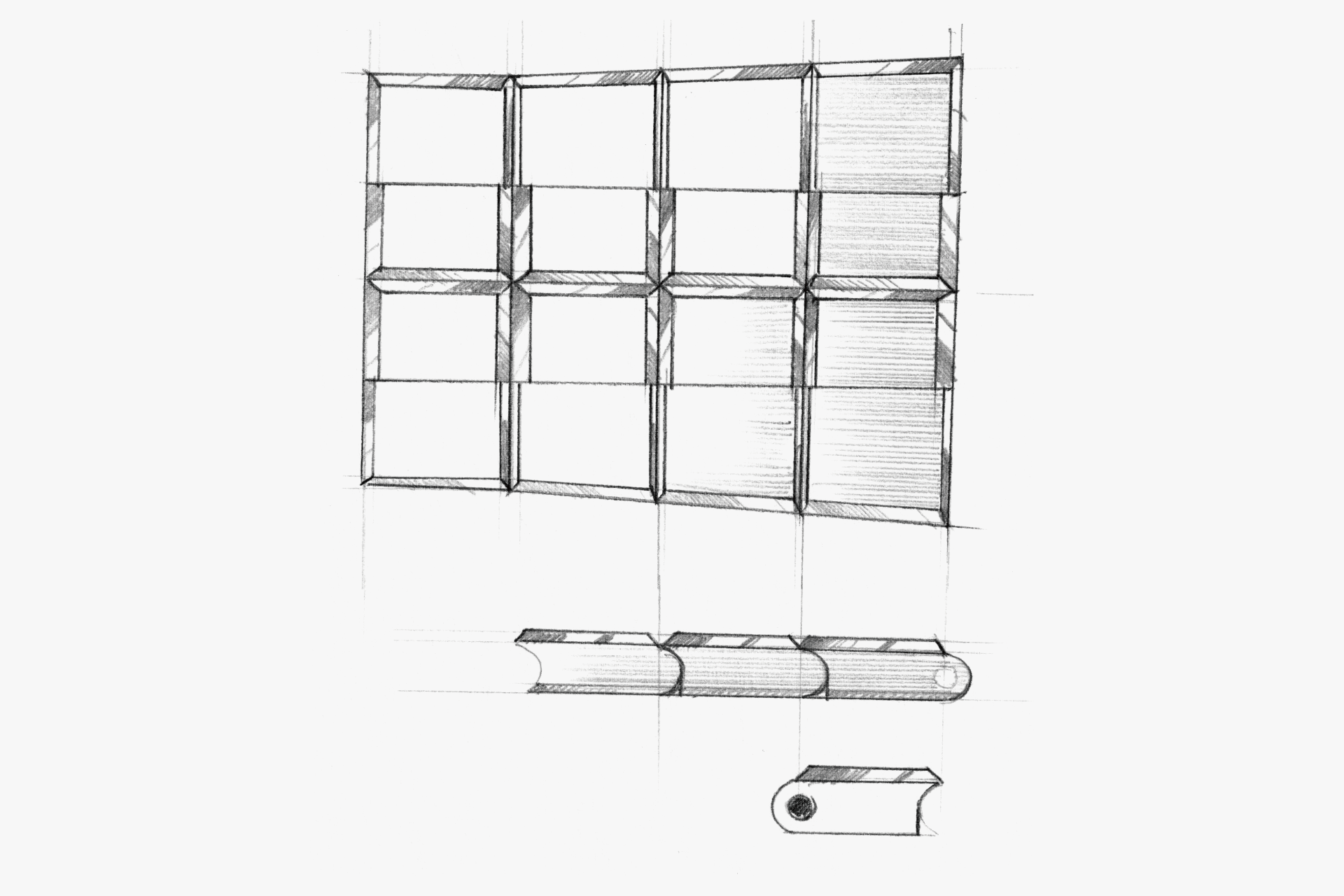
A composed presence based on the silver ratio. Bracelet links that recall roof tiles.
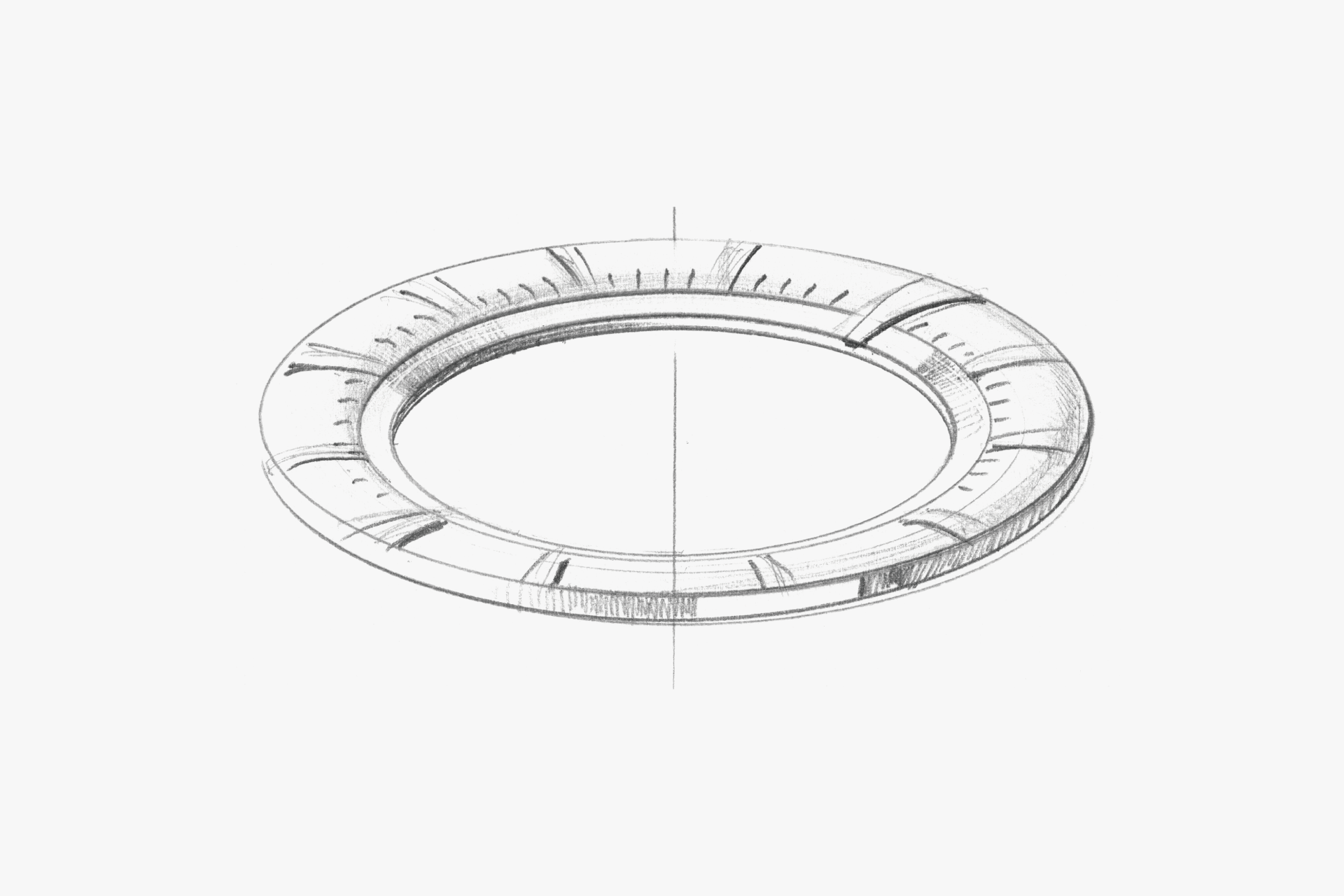
On the shallow, lifebuoy-like indicator ring, gold is raised like takamaki-e to form the indexes.
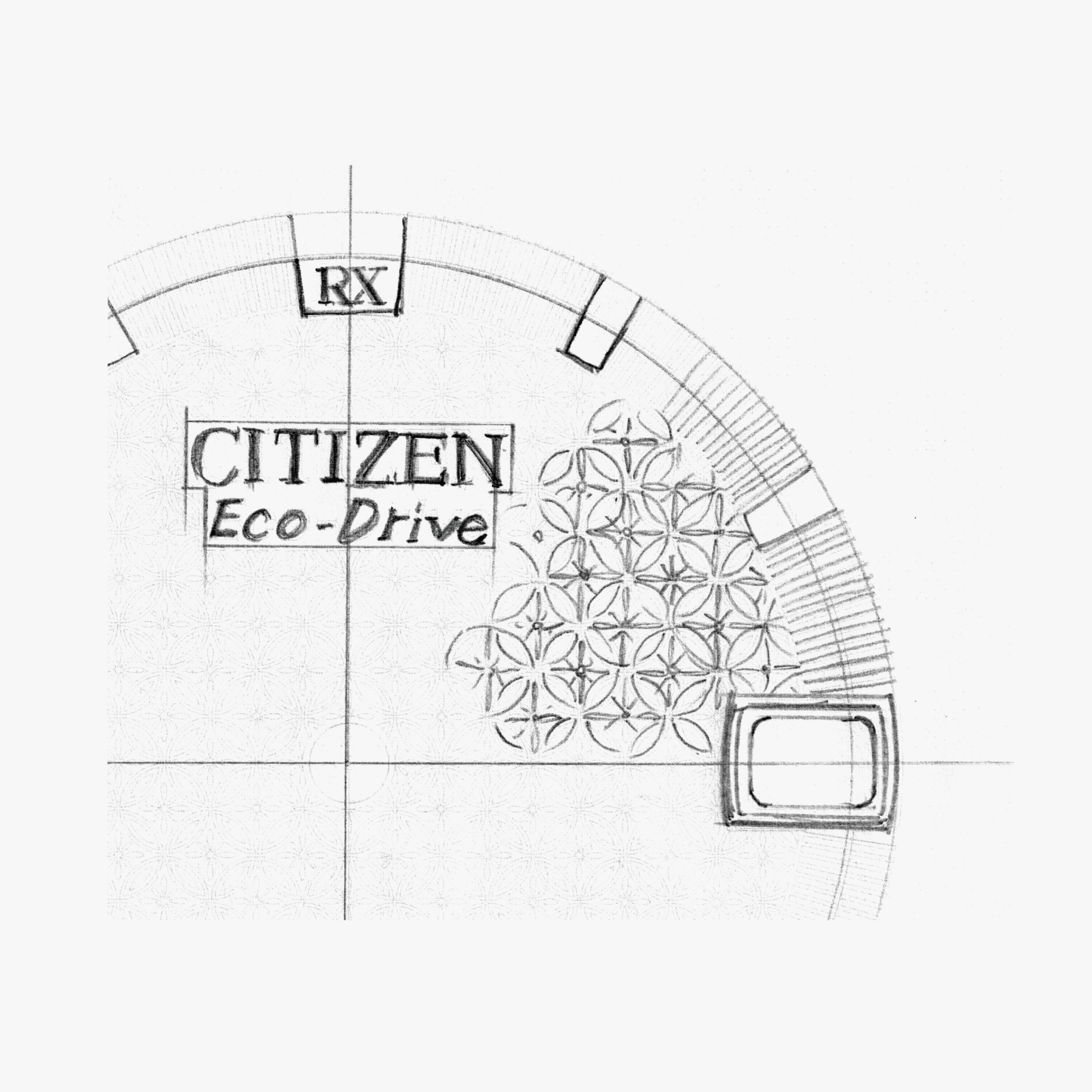
The dial is paved with Shippo, an auspicious Japanese motif.
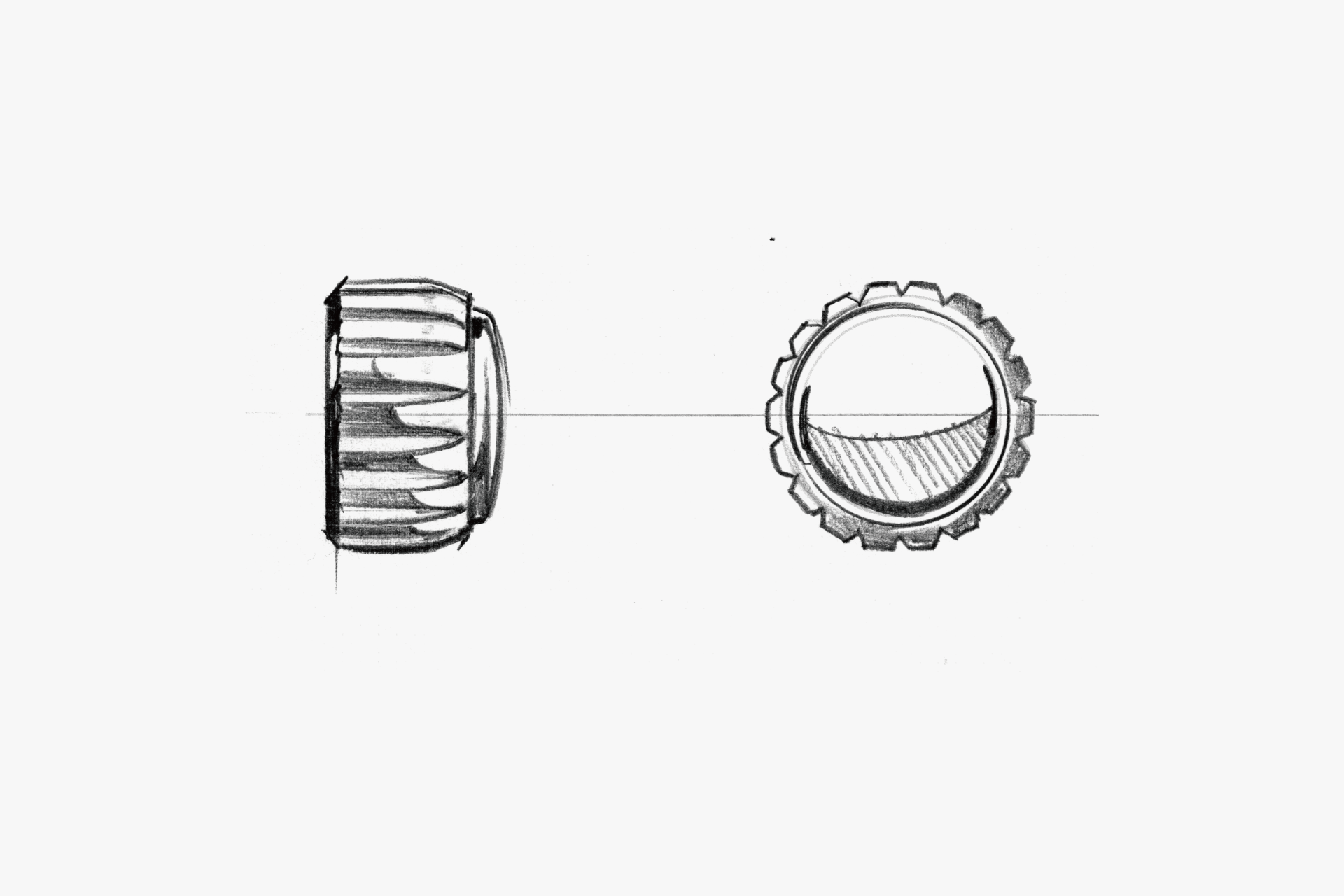
A cute crown like a small chrysanthemum.
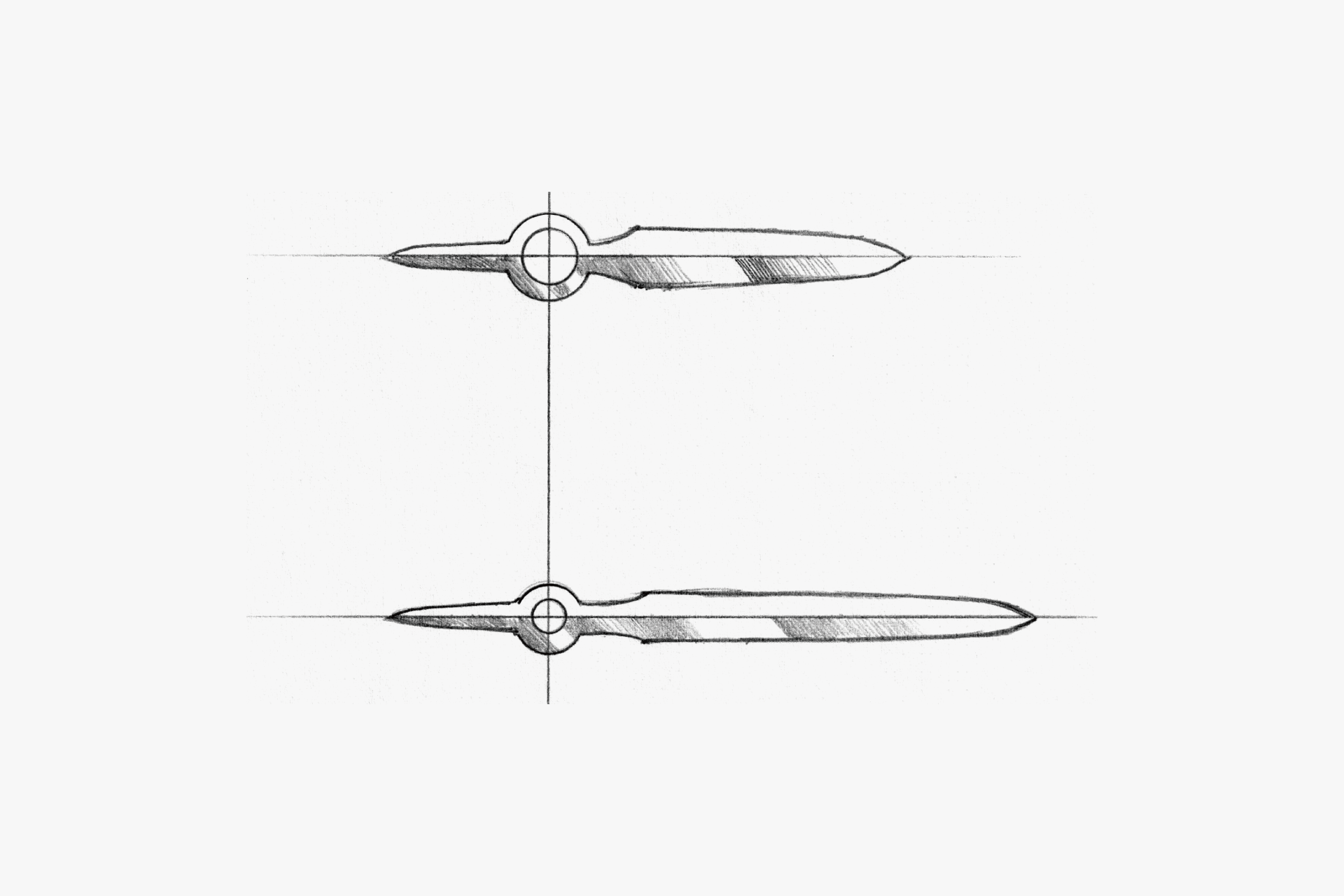
Hands whose silhouette evokes a sword (tsurugi) from Japanese mythology.
ENGINEER'S EYE
Unstoppable Evolution of Radio-controlled Watches
In 2003, when CITIZEN became the first in the world to achieve a full-metal radio-controlled watch—something long considered difficult—it sparked explosive popularity, while at the same time a variety of improvement requests from the market reached the development division. Among them, the issue deemed to require early action was the misalignment of the hands that display the time. This phenomenon occurs when the hands shift to a position different from what the watch’s internal computer recognizes as their position, due to impacts from drops or the influence of magnets, and it was a major challenge in that it failed to meet expectations for radio-controlled watches to always display the correct time.
To solve these issues, it became urgent to develop a watch that combined three functions: raising anti-magnetic performance to JIS Class 1, detecting hand positions, and a mechanism that locks the hands when an impact is applied. However, achieving JIS Class 1 magnetic resistance required the use of metal plates with magnetic properties, which adversely affected the antenna sensitivity for signal reception. The development to reconcile both signal reception sensitivity and magnetic resistance was extremely difficult, but it ultimately succeeded, and today products that combine these three functions are called “Perfex.”
Not stopping there, this model also pursued a thinner movement than conventional ones. By making use of the limited internal space, it achieved what was then the world’s thinnest product as an analog full-metal radio-controlled watch.